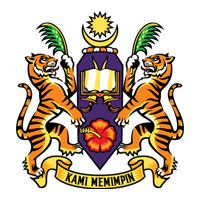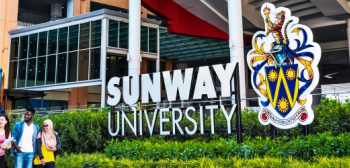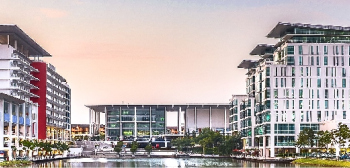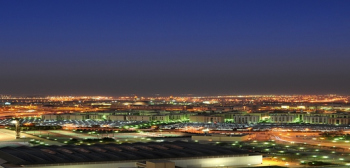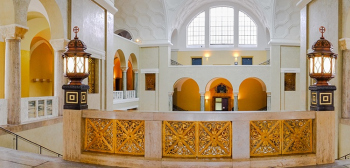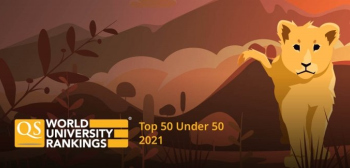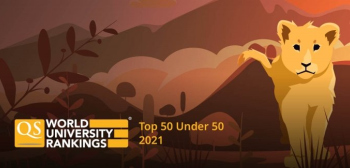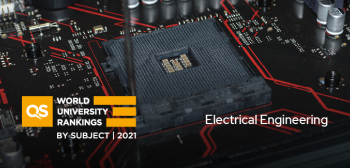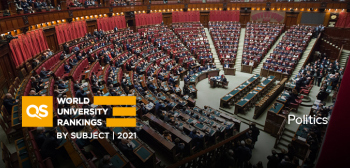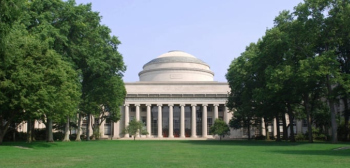马来西亚理科大学(USM)
About
Read more
Read less
Established as the second university in the country in 1969, University Sains Malaysia (USM) was first known as the University of Penang, before the University’s Act came into effect on 4th October 1971. The university has been developing and expanding since its inception, which started with the enrolment of 57 science based students. Now, USM offers courses at undergraduate and postgraduate levels to approximately 20,000 students. USM has also become a well-known university locally and internationally. Since its beginning, USM has implemented a school system, as opposed to the traditional faculty system. What is unique about this system is that each school could full fill the needs of a more focused degree in the chosen area of study and at the same time, students could have the opportunity to explore other areas of study offered by another school. The interdisciplinary approach ensures that USM, the first in the country to adopt this system, would produce trained, multi-skilled graduates. USM main campus is located within a tropical island of Penang, Malaysia. There are two USM branch campuses, one at Kubang Kerian in Kelantan known as Health Campus and the other at Nibong Tebal, known as Engineering Campus. The former houses the School of Medical Sciences, School of Health Sciences and School of Dental Sciences, while the latter houses the six Engineering Schools. To date, the total enrolment is more than 30,000 students.Right from the time of its establishment USM has adopted an innovative approach to higher education and of significance is its departure from the traditional faculty system of academic organisation. USM is a pioneering, transdisciplinary research intensive university that empowers future talents and enables the bottom billions to transform their socio-economic well-being. In its place, USM implements the broad-based School system where related subjects are grouped into schools of study and within each school, the policy combines subjects and to organise courses in such a manner that a degree of specialization in a chosen subject was possible. From the outset, USM was given the mandate to provide, promote, and develop higher education in the fields of Natural Sciences, Applied Sciences, Medical and Health Sciences, Pharmaceutical Sciences, Building Sciences & Technology, Social Sciences, Humanities, and Education, as well as to provide for research and advancement of knowledge and the dissemination of such knowledge in these fields of study As one of the four Higher Institutions of Learning recognised by the Ministry of Higher Education as a Research Intensive University, USM offers educational and research opportunities to both students and staff. One of the key elements in the development of academic excellence at USM is the establishment of its research centres and units. This is due to the fact that the University has always been aware of the need for both research and teaching to remain as receptive as possible to the demands of society, and that the centres and units would provide better opportunities for integration and networking.
About
Established as the second university in the country in 1969, University Sains Malaysia (USM) was first known as the University of Penang, before the University’s Act came into effect on 4th October 1971. The university has been developing and expanding since its inception, which started with the enrolment of 57 science based students. Now, USM offers courses at undergraduate and postgraduate levels to approximately 20,000 students. USM has also become a well-known university locally and internationally. Since its beginning, USM has implemented a school system, as opposed to the traditional faculty system. What is unique about this system is that each school could full fill the needs of a more focused degree in the chosen area of study and at the same time, students could have the opportunity to explore other areas of study offered by another school. The interdisciplinary approach ensures that USM, the first in the country to adopt this system, would produce trained, multi-skilled graduates. USM main campus is located within a tropical island of Penang, Malaysia. There are two USM branch campuses, one at Kubang Kerian in Kelantan known as Health Campus and the other at Nibong Tebal, known as Engineering Campus. The former houses the School of Medical Sciences, School of Health Sciences and School of Dental Sciences, while the latter houses the six Engineering Schools. To date, the total enrolment is more than 30,000 students.Right from the time of its establishment USM has adopted an innovative approach to higher education and of significance is its departure from the traditional faculty system of academic organisation. USM is a pioneering, transdisciplinary research intensive university that empowers future talents and enables the bottom billions to transform their socio-economic well-being. In its place, USM implements the broad-based School system where related subjects are grouped into schools of study and within each school, the policy combines subjects and to organise courses in such a manner that a degree of specialization in a chosen subject was possible. From the outset, USM was given the mandate to provide, promote, and develop higher education in the fields of Natural Sciences, Applied Sciences, Medical and Health Sciences, Pharmaceutical Sciences, Building Sciences & Technology, Social Sciences, Humanities, and Education, as well as to provide for research and advancement of knowledge and the dissemination of such knowledge in these fields of study As one of the four Higher Institutions of Learning recognised by the Ministry of Higher Education as a Research Intensive University, USM offers educational and research opportunities to both students and staff. One of the key elements in the development of academic excellence at USM is the establishment of its research centres and units. This is due to the fact that the University has always been aware of the need for both research and teaching to remain as receptive as possible to the demands of society, and that the centres and units would provide better opportunities for integration and networking.
University highlights
- 2012#326
- 2014#=355
- 2015#309
- 2016#289
- 2017#=330
- 2018#=264
- 2019#207
- 2020#=165
- 2021#142
- 2022#147
- 2023#=143
- 2024#=137
- 2025#146
- 2026#=134
QS Stars is a rating system that helps you select the right university based on your
interests. It provides a detailed look at an institution, identifying which universities rate highest in
the
specific topics that matter to you, like facilities, graduate employability, social responsibility,
inclusiveness, and more.
Campus locations
Universiti Sains Malaysia (Engineering Campus),
Universiti Sains Malaysia , Nibong Tebal , Penang , Malaysia , 14300
Universiti Sains Malaysia (Health Campus),
Universiti Sains Malaysia , Kubang Kerian , Kelantan , Malaysia , 16150
Universiti Sains Malaysia (Main Campus),
Universiti Sains Malaysia , Gelugor , Penang , Malaysia , 11800
Similar Universities
Related content

The Best Lunches for Under A…
Lily
Jones
更新日期
121
0
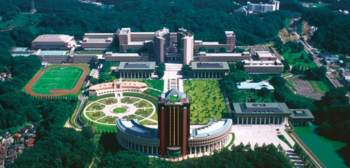
Top Universities in Asia for…
Laura
Tucker
更新日期
231
0
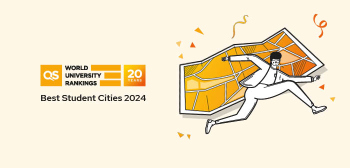
2024年QS最佳留学城市排名:今年有哪些新晋城市?
alexandru
Croitoru
更新日期
1.8k
0
Test preparations
Universiti Sains Malaysia (USM)
CN

